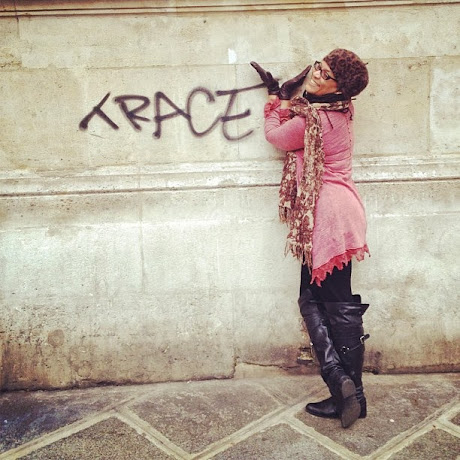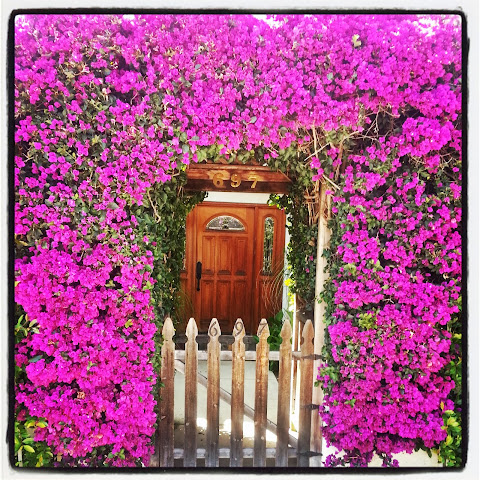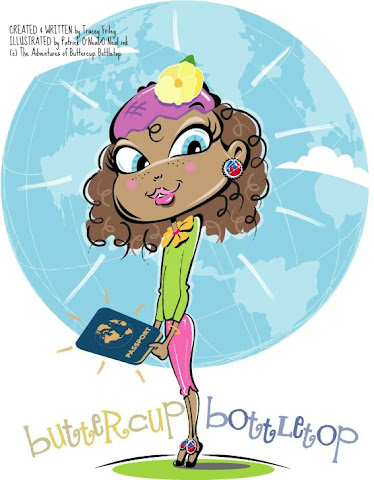BEST DISPLAY OF GRACE UNDER FIRE
The Honorable Justice Sonia Sotomayor
“She faced a lot of controversy on past rulings as a judge during the confirmation hearings.”
-Temecka Sandifer
"In spite of the opposition using her own words against her,
she remained graceful and humble.”
-Dee Johnson
“Judge Sotomayor could have turned the tables on a lot of her critics,
but she maintained the high road at all times.”
–Juanita Harris-Braxton
Runner Up
Lou Jing of Go! Oriental Angel
"I think I'm the same as all the girls here, except for my skin color. We share the same stage and the same dream. I've tried my best, so no matter what happens, I'll hold onto my dream."
Lou Jing of Go! Oriental Angel
"I think I'm the same as all the girls here, except for my skin color. We share the same stage and the same dream. I've tried my best, so no matter what happens, I'll hold onto my dream."
To see the rest of OBG's Best & Worst List of 2009, please click here.
BEST SPEECH / BEST MULTICULTURAL CHILDREN'S BOOK / BEST CORPORATE COMEBACK / BEST SONG OF TOLERANCE / BEST CAMPAIGN / BEST REPRESENTATION OF CLASS & STYLE / BEST BREAKOUT STAR IN FILM / BEST REPORTER OF THE NEWS &/OR CURRENT EVENTS / BEST FEMALE PHILANTHROPIST / WORST PRODUCT / WORST DISPLAY OF CHARACTER / WORST JUDGES' DECISION / WORST TREATMENT OF A HUMAN BEING / WORST BOOK, STUDY OR REPORT
Thanks go out to OBG's Facebook Advisory Board:
Juanita Harris-Braxton, Dee Johnson, Tangelia Plazz & Temecka Sandifer. Special thanks to Andrew Morrison.


































